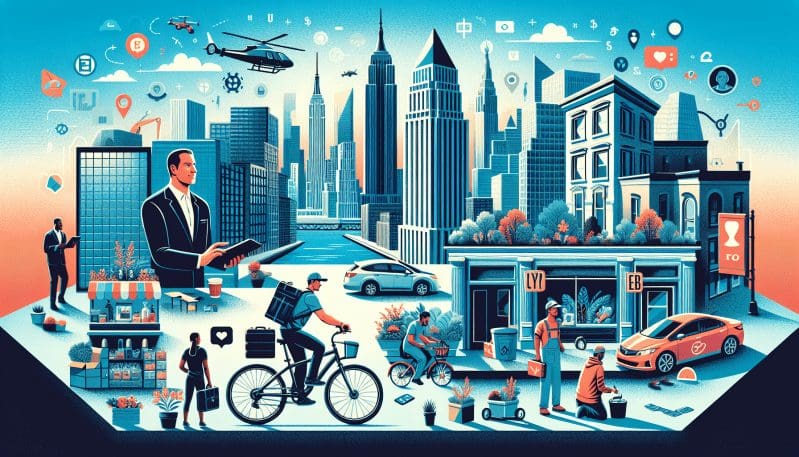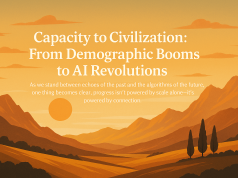In the bustling streets of New York City, the traditional 9-to-5 job is being redefined. Skyscrapers that once symbolized corporate stability now tower over a workforce increasingly drawn to the agility and freedom of the gig economy. This transformation compels us to ask: What does the rise of gig work mean for the future of full-time employment in New York?
The gig economy, a term that encompasses a vast array of freelancing and short-term contracting, has blossomed into an undeniable force. Advocates argue that it empowers workers with unparalleled flexibility, allowing them to choose when, where, and how they work. This model, they say, is ideally suited to New York’s fast-paced, diverse, and ever-changing environment.
However, this new era of employment is not without its critics. The absence of traditional job security and benefits associated with full-time employment has fueled concerns. Health insurance, paid leave, and retirement plans—cornerstones of the full employment package—are often conspicuously absent in gig arrangements, leaving workers exposed to financial volatility and uncertainty.
The allure of the gig economy is palpable in New York’s streets. Ride-sharing drivers navigate the grid with the tap of an app, freelance creatives hustle from one project to the next, and tech wizards code in coffee shops, untethered to a specific employer. Yet, beneath this veneer of autonomy lurks the question of sustainability.
Economists point to the gig economy’s contribution to the bustling local market, citing increased consumer spending and the fostering of innovation. On the flip side, the volatility of gig income can lead to economic instability for workers, potentially impacting the broader economy.
Labor rights activists in New York are taking a stand, demanding protections for gig workers akin to those enjoyed by full-time employees. Their fight has seen victories, such as the recognition of gig drivers’ right to unionize, setting precedents that could ripple across industries.
To truly understand the texture of gig work in New York, one must listen to the gig workers themselves. From the artist juggling multiple projects to the immigrant driving for a ride-share company to support a family, their stories are as varied as they are poignant. They speak of freedom but also of the weariness that comes from unceasing uncertainty.
As New York continues to evolve, the traditional social contract between employer and employee is being rewritten. What will emerge from this period of transformation is still unclear. Will New York set a new standard for integrating the gig economy with the robust protections of full-time employment, or will the city become a cautionary tale of unbalanced labor dynamics?
The Work Times, akin to The New York Times for the workspace, invites you to explore these pressing questions with us as we delve into ‘The Gig Economy and the Future of Full-Time Employment: A New York Perspective.’ Stay tuned as we uncover the stories, dissect the trends, and analyze the data that will shape the future of work in the city that never sleeps.

























